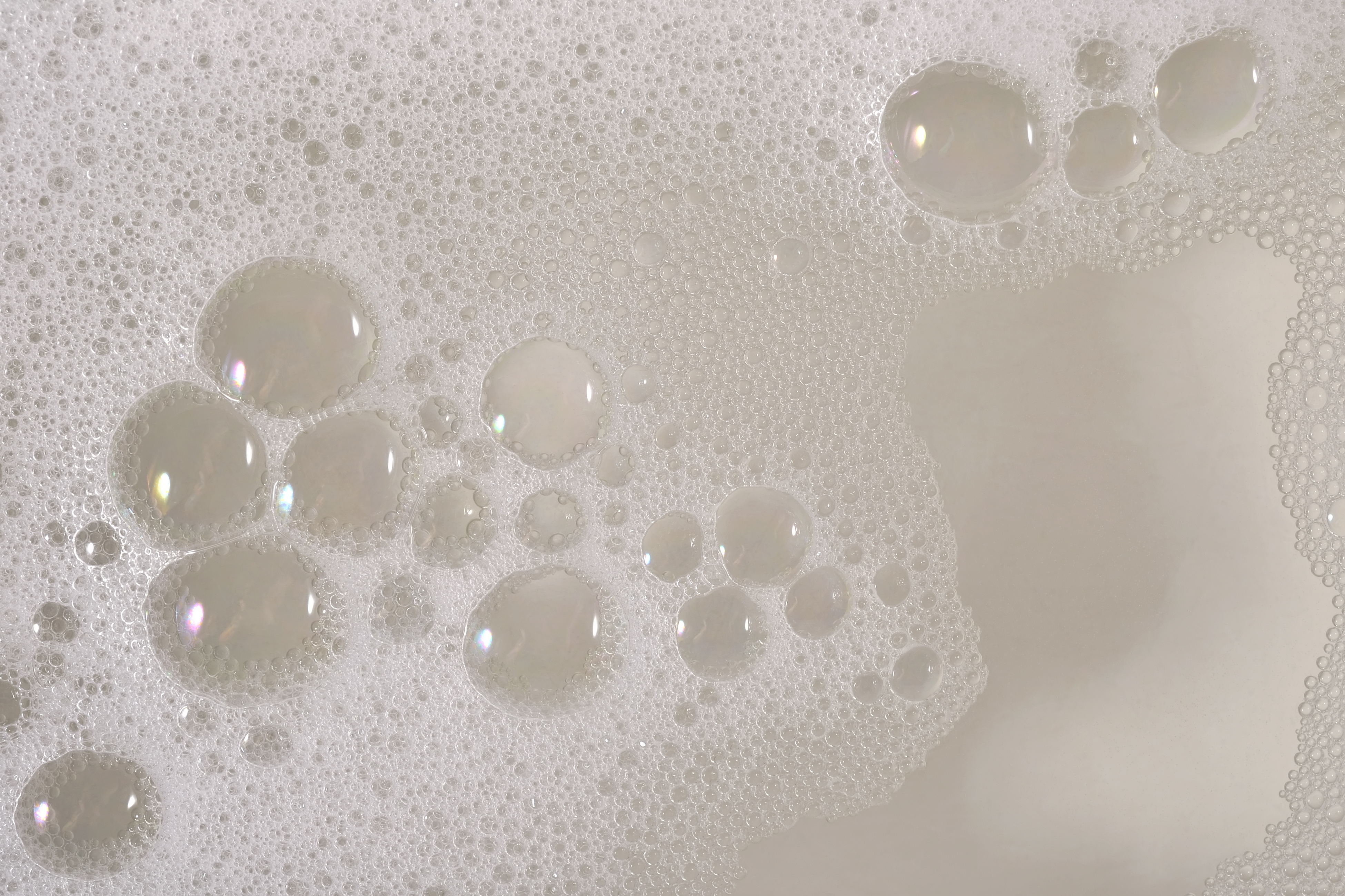The membrane technology is a mechanical separation process for the separation of gaseous or liquid mixtures and solutions using technical membranes. Depending on the type of membranes used separation results for a variety of requirements can be achieved. In terms of economic and ecological aspects, this type of filtration is of particular importance due to the purely physical separation of mixtures or solutions.
Functionality
The basic structure of a membrane comprises the support body with microporous structure, on which a membrane layer is applied. This membrane layer determines the filtration characteristics by their fineness.
The liquid mixture to be purified flows along the membrane layer in a closed loop system. Thereby, the membrane layer keeps particles larger than the separation layer back and the clarified medium permeates the membrane layer and is separated.
Depending on the requirements, different membrane geometries are used. At first, the membrane elements are differentiated in mono and multi-channel elements. The channel diameters in the mono-channels that are most likely be installed in pilot plants, are typically between 6 and 16 millimeters. In multi-channel elements, several channels are arranged side by side in the same membrane element, having channel diameters in the range of 2 to 8 millimeters. Depending on the outer diameter of the ceramic element, this results in up to 211 channels in each single membrane element.
Field of applications
Water technology
- Drinking water treatment
- Softening
- De-mineralization
- Removal of pesticides and other organic acids
- Removal of metallic impurities (e.g. Fe, Mn, As)
- Removal of natural organic substances
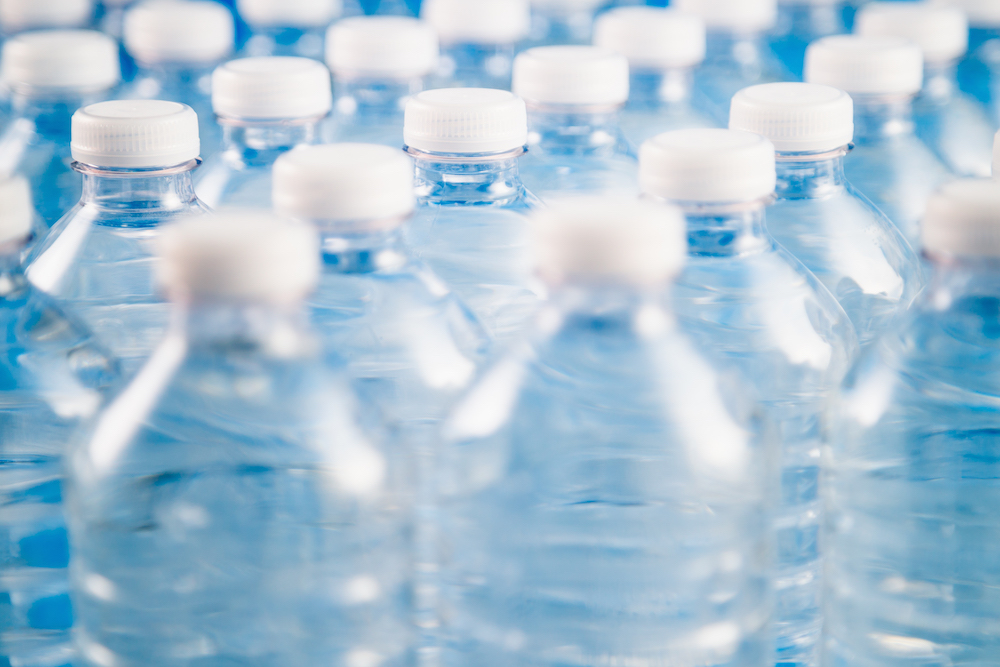
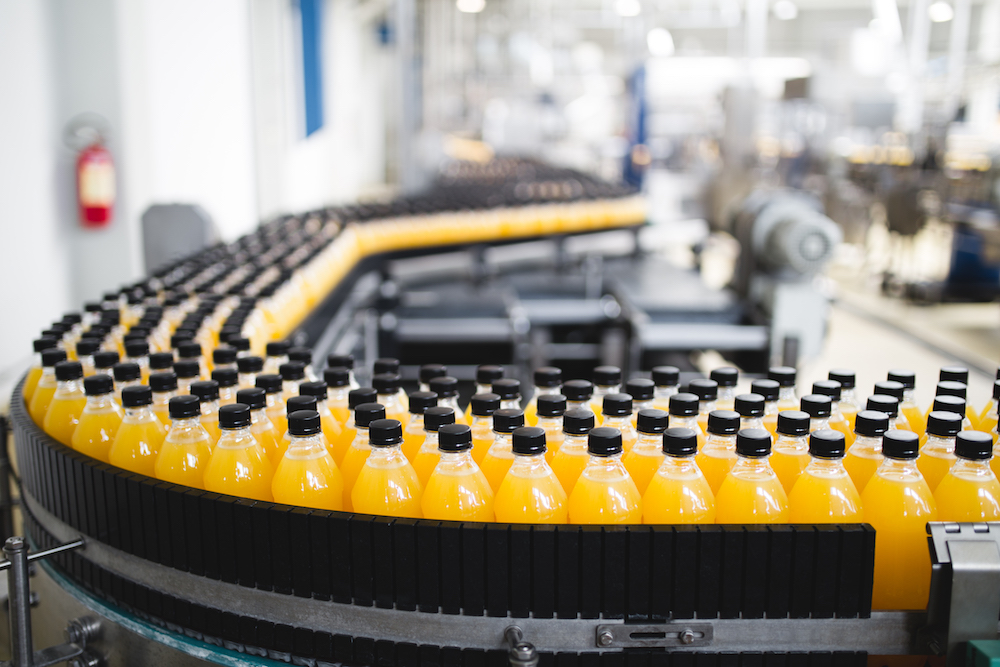
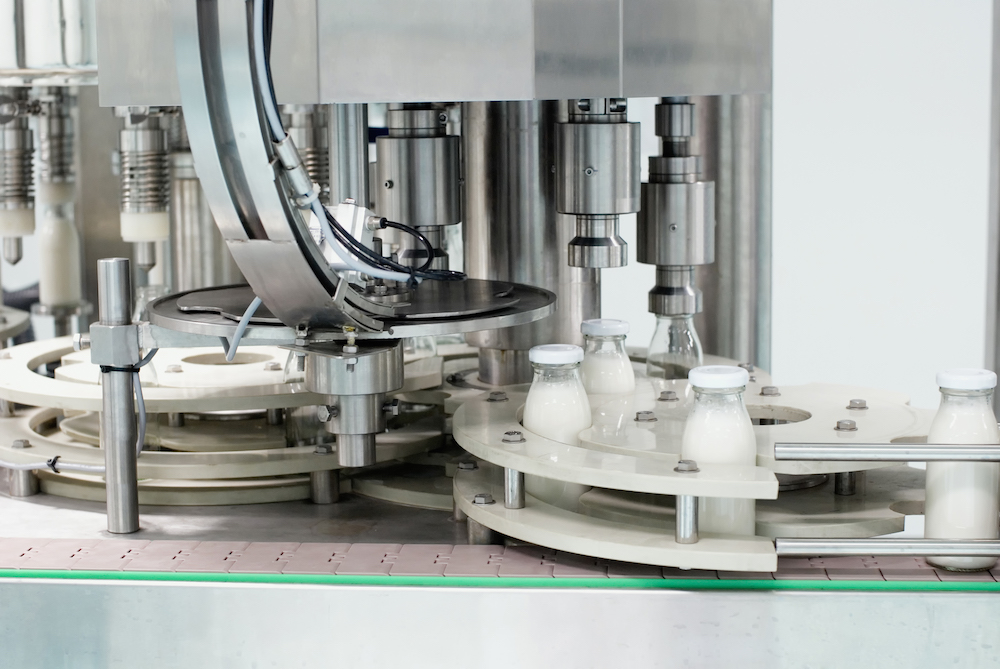

Customer benefits
-
Modular construction with expandable capacities
-
Compact systems with low total filling volumes
-
Possible high degrees of automation
-
All system capacities possible – no technical limitations
-
Amortization within shortest time periods
Design method
For products whose filtration properties are unknown, different possibilities for carrying out test trials are available. For the basic testing of products laboratory scale filtration units can be used. After successful first tests further trials can be conducted on our pilot unit. Results of pilot test trials find their way into the design of industrial filtration plants. We offer our customers either laboratory units as well as pilot units on a rental basis.
laboratory facility
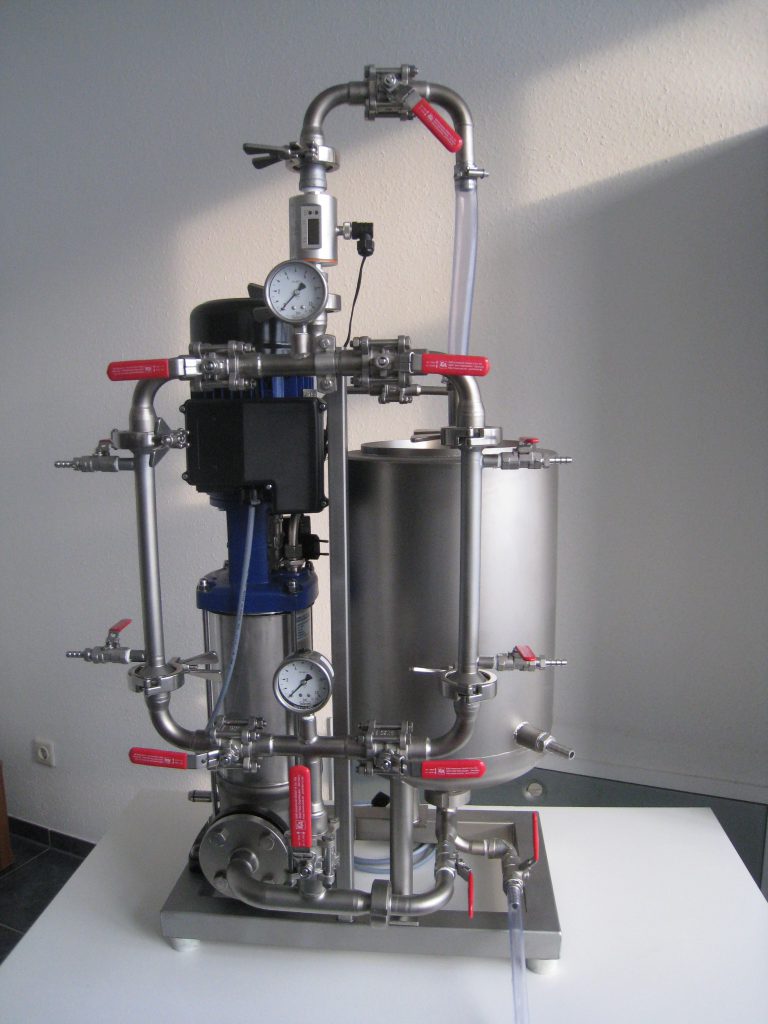
pilot plant
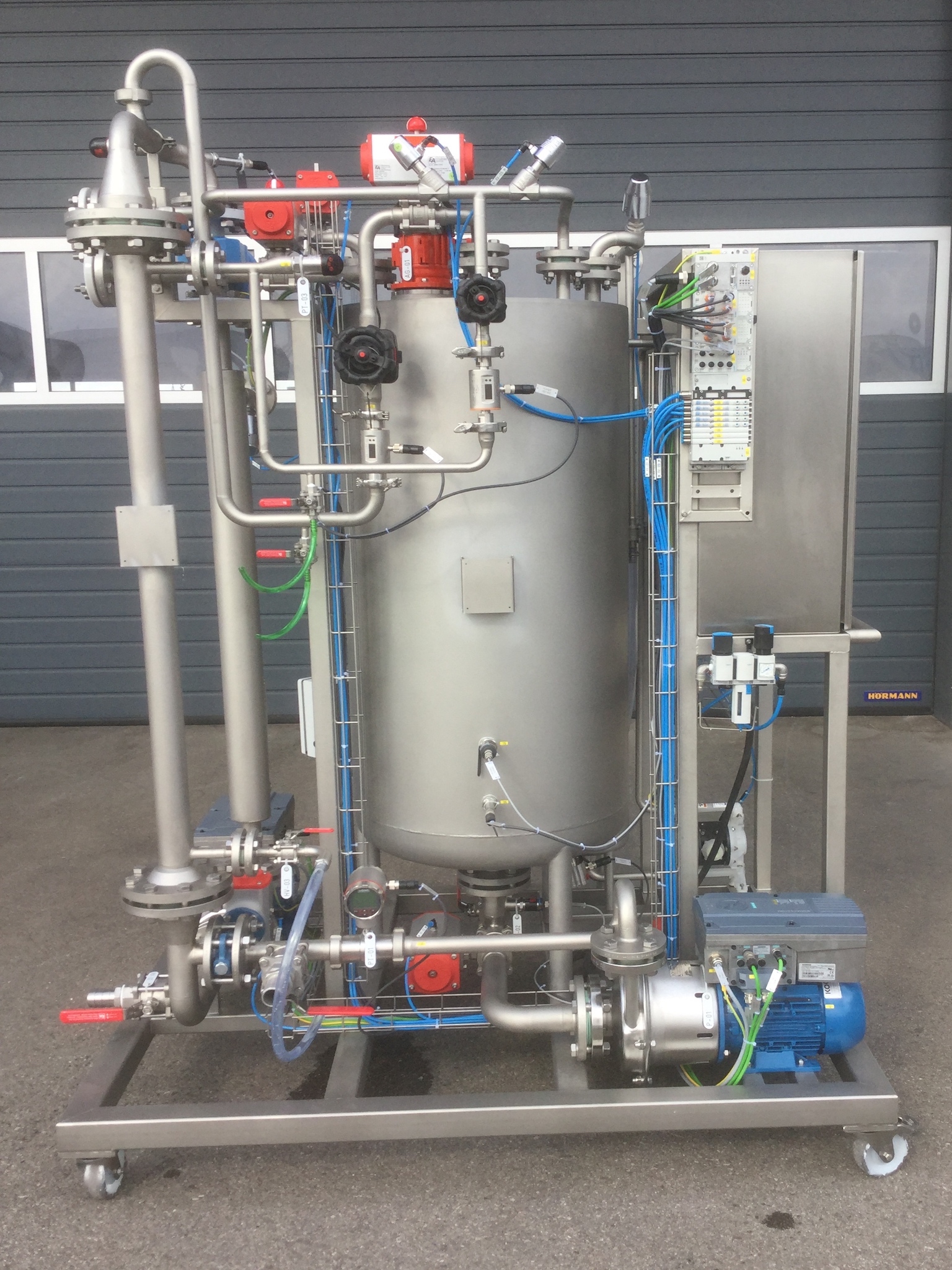
industrial plant
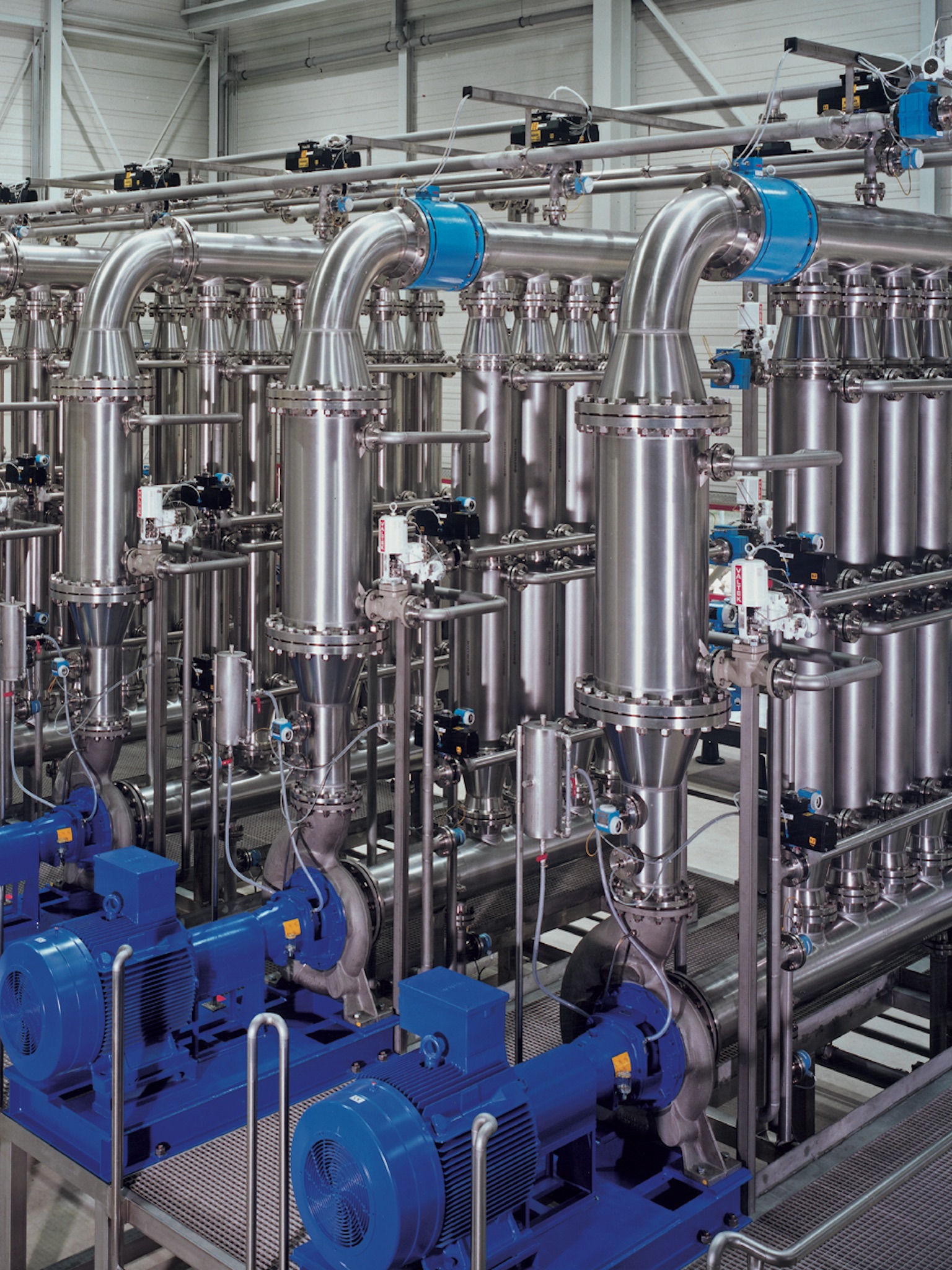
Get in touch
Do you have a question, a request or a suggestion for us? Just get in touch with us, we are looking forward to hearing from you.


